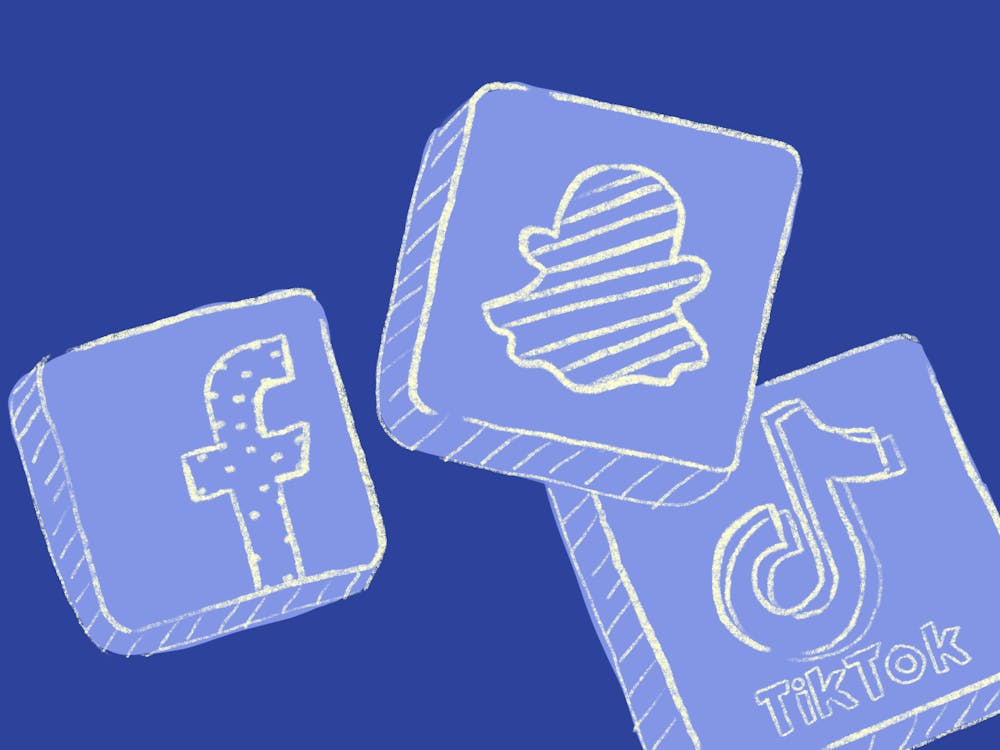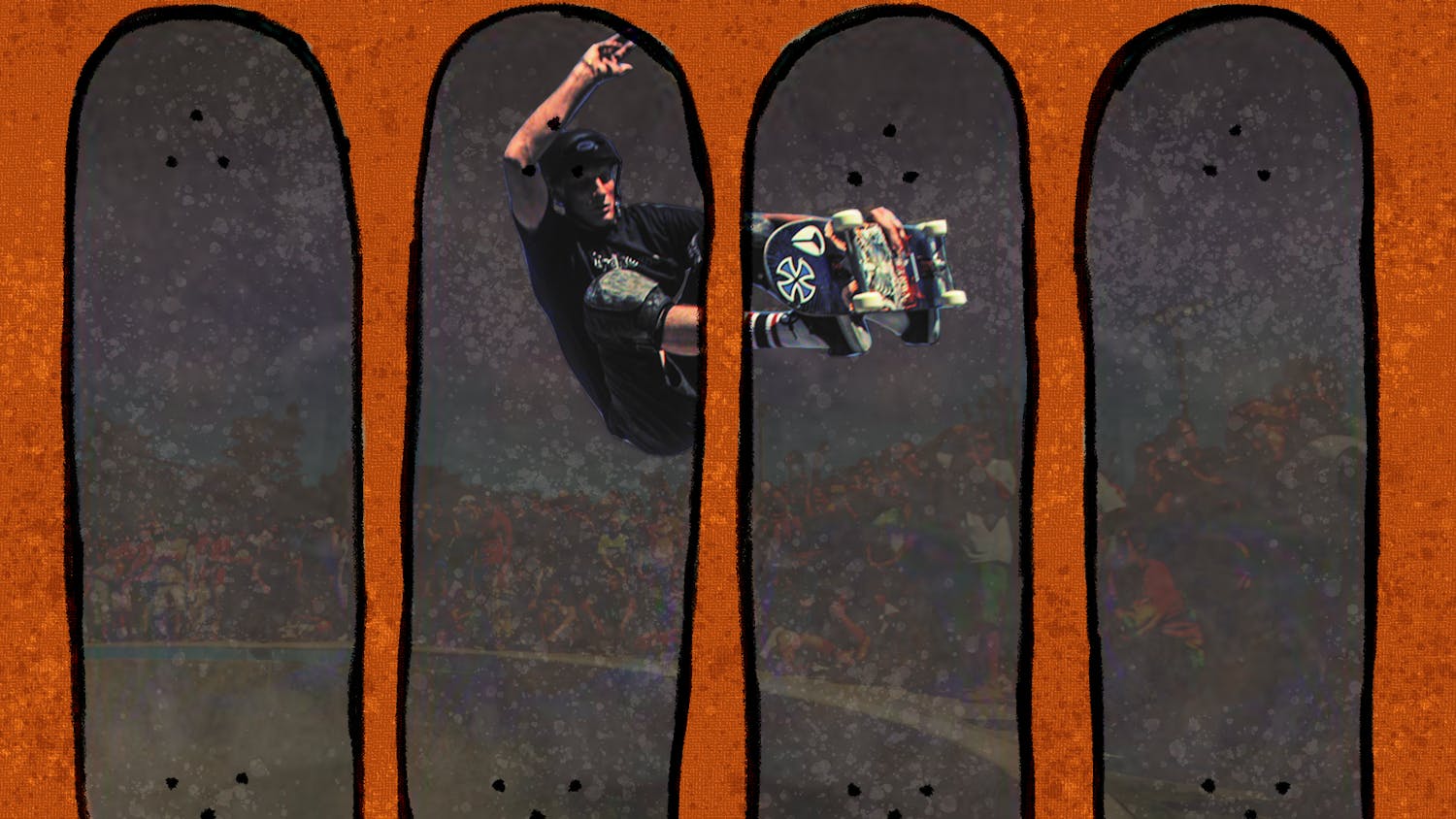Reality in the United States today is drastically different from the blissful ignorance of a few weeks ago when COVID—19 seemed—and was—an ocean away, a danger desensitized by distance. Now trapped in quarantine, people have inevitably been turning to screens to pass the time, oscillating between news—reading, binge—watching, FaceTiming, social—media—scrolling and even Tik—Toking. Life in the real world may be on pause, but the online world seems to be operating as usual, if not hyper—actively.
Ironically, it seems to be because of the terrifyingly apocalyptic and unimaginable circumstances that meme culture has been thriving, churning out new content by the minute. But is joking about this devastating global pandemic insensitive?
With each change COVID-19 brings, there seem to be a dozen memes produced. Schools closed and graduations cancelled? There’s content about having a prom on Club Penguin. Stock market crashed? There are posts of a rollercoaster dropping captioned “POV (aka point of view) YOU’RE A STOCK MARKET.”
But meme culture doesn’t just cover the serious events in the news; it dissects quarantine life, too. There are memes about social—distancing, how it’s a revival of the regency era, how the virtual iMessage game Cup Pong is the new beer pong; there are memes about online class, how dysfunctional Zoom can be, how productivity levels have plummeted; there are memes about boredom and passing the time, how trips to the fridge are the only steps of the day, how many have developed nocturnal sleeping patterns. There are also unsettlingly lighthearted posts about the perpetuation of depression and anxiety.
Meme culture has even pointed out that COVID—19 sounds like the hit song “Come on Eileen,” and has coined nicknames for the virus like “the rona,” “rones,” and “roundboi,” to name a few.
To joke about a tragedy as catastrophic as COVID-19 seems, at first glance, incongruous and completely inappropriate.
Yet, perhaps the popularity of meme culture these past few weeks is not indicative of societal insensitivity. When not grounded in xenophobia or racism, meme culture is unifying.
The humor and virality of tasteful memes are rooted in relatability. Popular posts often garner attention because of how liked they are. Whether a meme is liked depends on how it resonates with viewers. Memes speak to some sort of universal truth, addressing an experience or a feeling reflective of the ethos of the masses. They are validating and comforting for the individual, implicitly declaring “you are not alone in this.”
The circulation of the meme is unifying, too. There are Facebook groups and Instagram accounts dedicated to producing content, establishing online communities tethered by a shared love for humor. And meme virality depends on human interaction, relying on friends direct messaging and tagging each other in posts. In this way, memes foster human connection—albeit virtually.
And perhaps the current meme boom is also testament to society’s ability to find light in dark times. Maybe the ability to joke and laugh proves the collective spirit hasn’t been broken just yet.
The camaraderie is evident just by reading the comment section of a post. Some comments are just friends tagging friends, with no explanation given. But thousands include explicit acknowledgements of the meme’s relevance and accuracy, tags followed by phrases like: “it really do be like that,” “this one hits too close to home,” “literally us,” “too accurate,” “the struggle is real.” Thousands are also forms of virtual laughter, strings of “HAHAHAHAH,” “LMFAOOO,” “I can’t,” and laughing emojis.
And sometimes—especially now—there are more somber comments, people tagging each other and saying “i miss u,” “this reminds me of u, ” and “remember when.”
In a time of devastation and social isolation, perhaps memes are giving society something it desperately needs: a way to cope.







